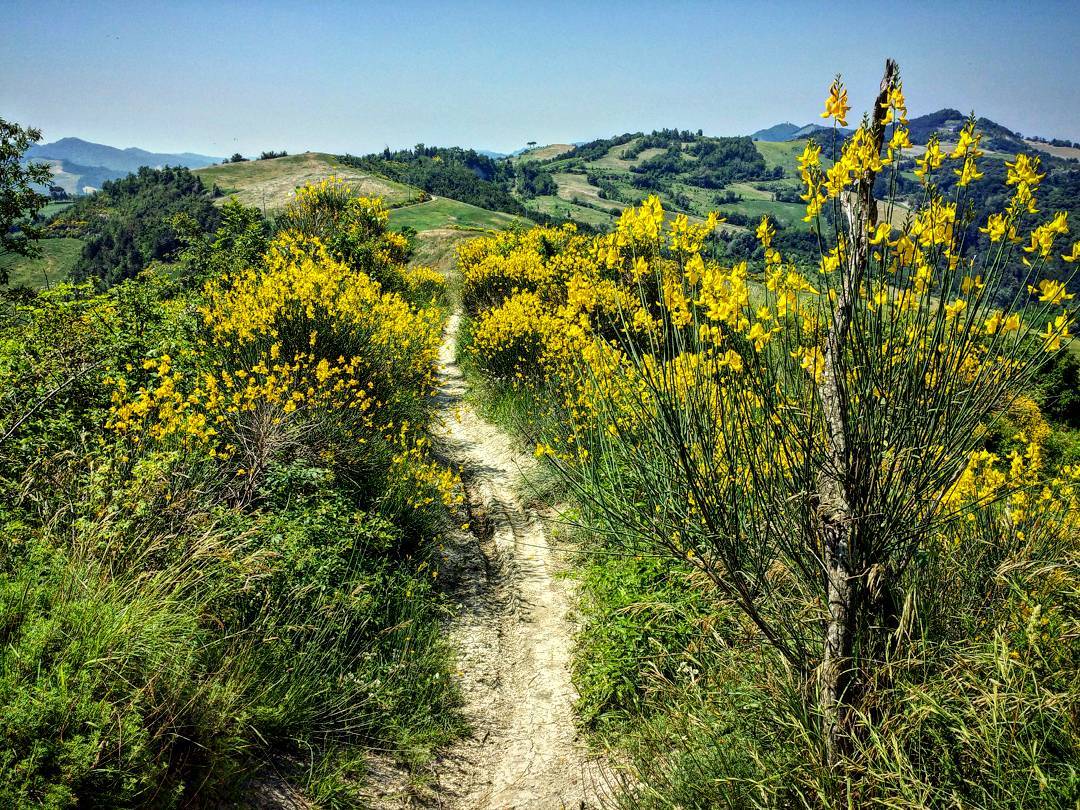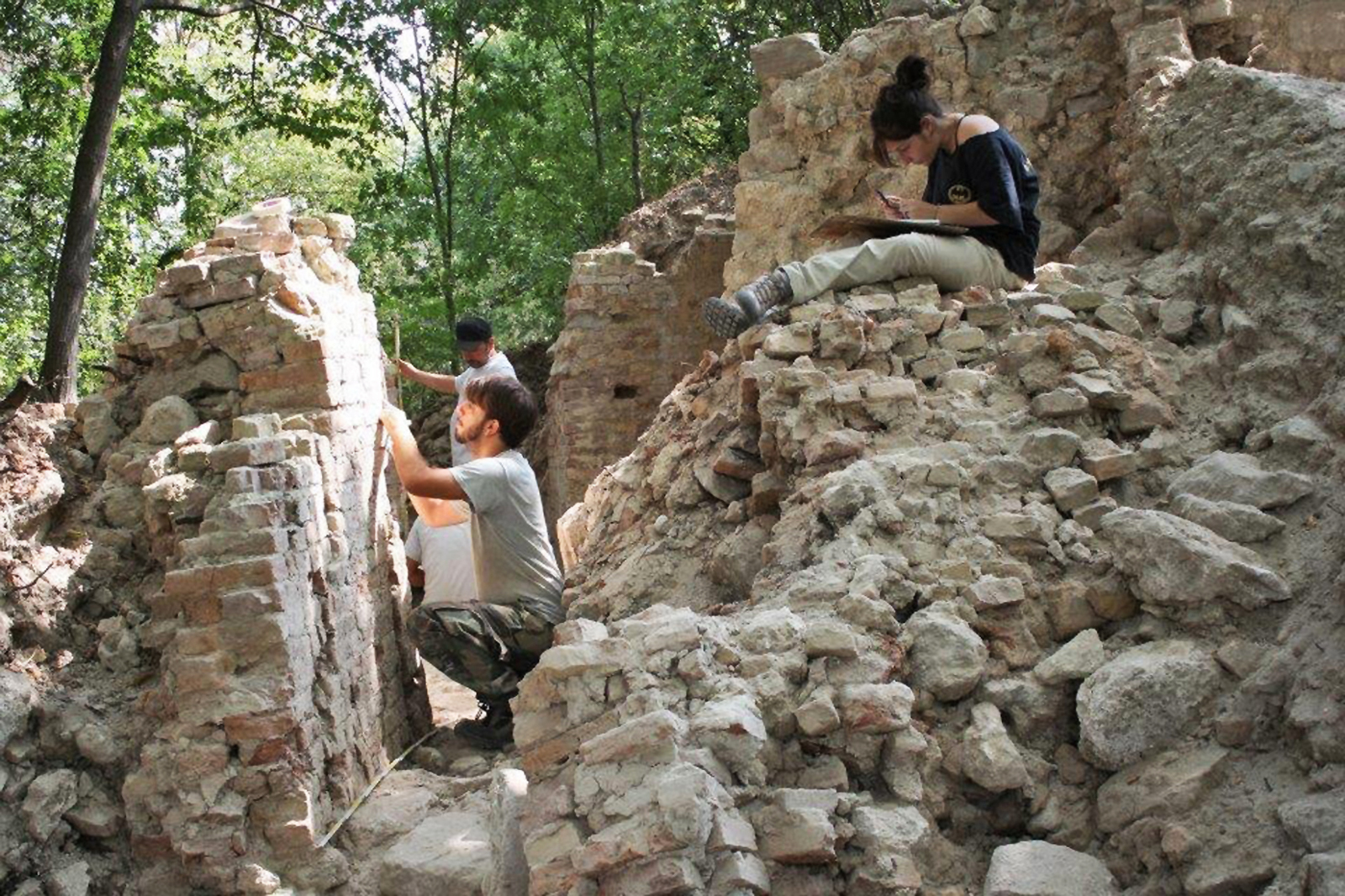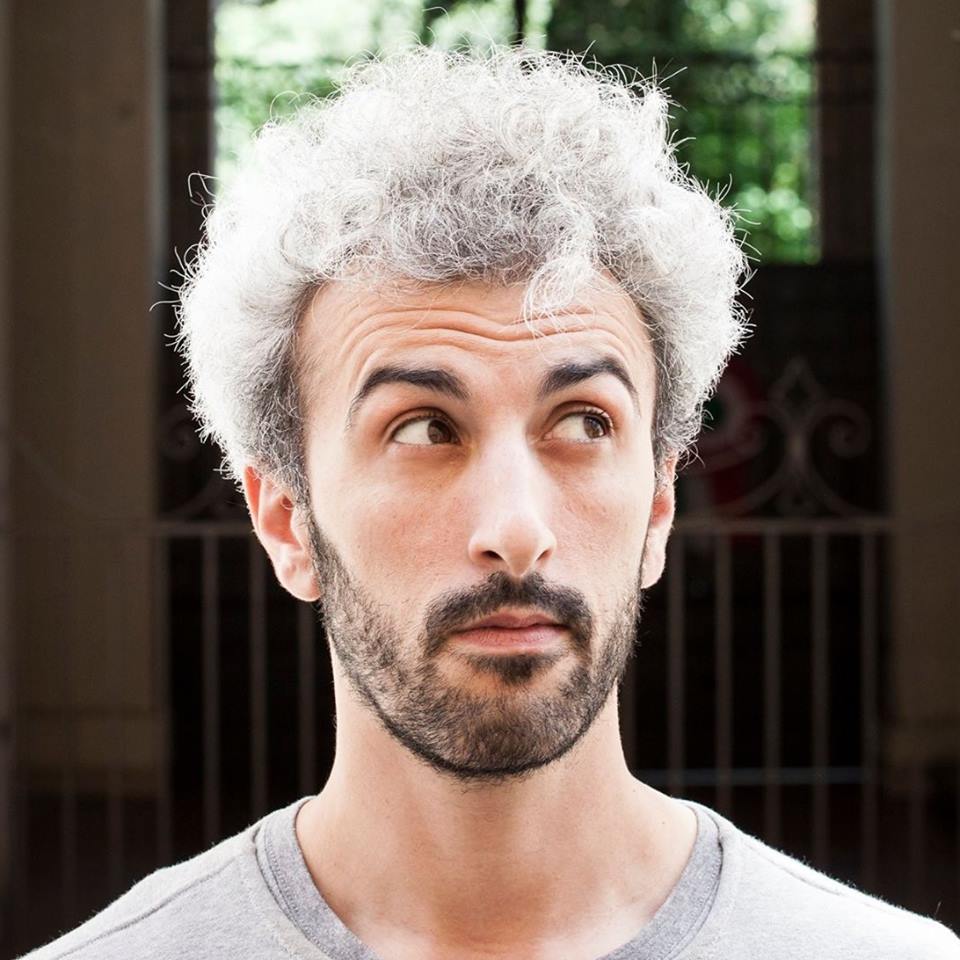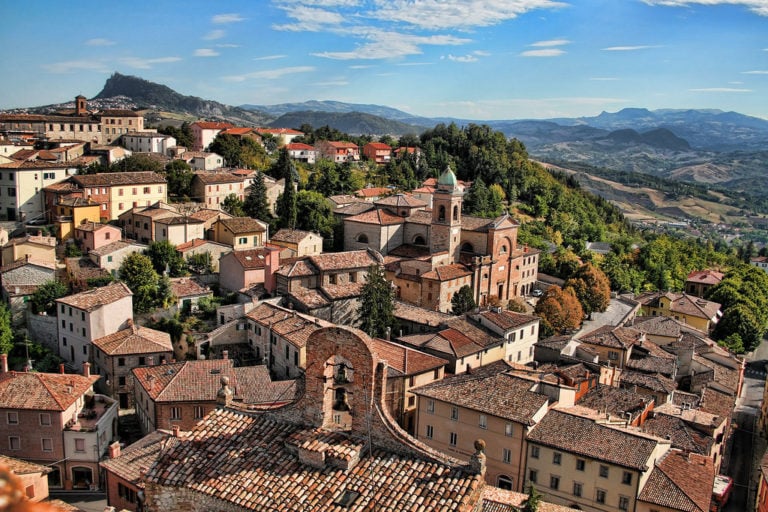When I start feeling a bit oppressed in the city, and my stress level reaches a new peak, the only way to re-conquer my psychophysical equilibrium is to put all of me open arms into Nature.
So, every now and then, I reach for the seaside to enjoy the breeze of its waves, or I take the opposite way and climb the hinterland until I admire with my own eyes the wonderful panorama of the hills ahead of me.

As a famous Italian saying goes, “Poca spesa, Tanta resa”, that is minimum budget and maximum profit. Which embodies perfectly the quintessence of living in a land like Romagna, a great richness in landscapes at a very close distance one another.
It’s been a while since I developed a predilection for a specific personal itinerary, that starts from the tiny village of BRISIGHELLA and stretches along the Vena del Gesso Natural Park, with stops that I try to maintain and respect even if I often vary the order of the visits.
1st STOP: THE CHURCH OF SAN GIOVANNI IN OTTAVO
Once you pass the village of Brisighella, along the State Street SS302, direction Tuscany, after approx 1 km on your left, you’ll find the tiny Church of San Giovanni Battista, framed by romantic vineyards.
It used to mark the eighth mile of the Via Faventina, the Roman road that connected Faenza with Florence, and still nowadays the church is remembered with the name of San Giovanni in Ottavo (Ottavo meaning eighth in Italian).

It is with no doubts the most meaningful monument in the territory of Brisighella and is also one of the best-preserved churches of the entire Romagna.
It’s a moving place, because of its stunning simplicity and at the same time its beauty that stands still in time.
It is not unrelated that many couples decide to marry in this magical location, in the unique frame of the River Lamone Valley.
Ancient traces allegedly link the origin of the building with Empress Galla Placidia, but the church was truly built at a later period, between VIII and X century, on the remains of ancient Roman complexes. Highly recommended!
2nd STOP: FROM BRISIGHELLA TO CARNÉ NATURAL PARK
After the cultural side of the trip, I’m usually stuck at a crossroad: long walk or short walk? It really depends on the amount of time I can spend.
Lately, I’ve been preferring the short trip, but I also have to say that it was not my fault. Not entirely, at least.
A little piece of advice for you: never ever go walking with someone who screams enthusiastically to be deeply in love with Nature. S/he’s lying, true love is something more private and the only tragic result of the day will be a walk-partner that never stops complaining.
To be honest, the long walk is not excessively demanding for your muscles. In fact, it is only a 5km path that can be completed in 1h and 30’ starting from Brisighella centre to the Visitor Centre Ca’ Carné in the heart of Vena del Gesso Natural Park.
After leaving the car in the parking space of the train station of Brisighella, I usually cross the small park dedicated to the painter and lithograph Giuseppe Ugonia, a man who in his entire life never left Brisighella once, but managed to go far with his artworks, as far as the British Museum (if you have time I recommend a visit to Museo Civico “G.Ugonia”)
With the historic restaurant and hotel Gigiolè at my shoulders, I reach the central square and head to the Town Hall.
Here, I always end up spending some time in the stunning Via del Borgo, an ancient medieval covered road. This visit alone is worth the day.

But from hero to zero there is a short distance, and you might start feeling a bit strained: once you begin to climb the so-called “Via Della Torre”, “tower street” – you may guess why – after countless steps first you will reach a terrace that lets you enjoy the view of Brisighella from a privileged position; then, the foot of the Clock Tower.
Trust me, rarely you will have the chance to admire such a landscape again: regularly cultivated fields draw a painting of perfection in nature, and I already start feeling better with myself. And it’s not over yet.
After this quick relax moment, I enter the white road that once used to be ridden by chariots and on foot I quickly reach the Rocca Manfrediana.
From there, after rejoining the paved road, I continue towards the Sanctuary of Monticino, on the third hill of Brisighella, among cypresses and devotional tables.
At this point, entrust yourself with path 511, which is under the maintenance of the Italian Alps Club (CAI – Club Alpino Italiano).
Be careful and pay attention to the red and white marks: they will be your best friend along the path and will lead you to the core of Carné Natural Park, a green Eden gently stretching over 70 hectares, with a variety of fauna and ancient trees.
Forget the city life, here the skyline is the Apennines ridge of the famous Vena del Gesso, the longest and most relevant gypsum outcrop in Italy, a must for trekking, mountain bike, and horse-riding enthusiasts.

3rd STOP: RONTATA, A CASTLE IN THE WOODS
When you enter a natural park it is best practice to visit it from A to Z. And that’s exactly what I have been doing for the past 10 years in the Vena del Gesso.
There’s one place, in particular, I feel a special bond with mount Rontana. A lush upland hill (484m asl), whose top can be easily reached via different ways: coming from outside the Park on the paved road (Via Rontana) and then taking the path CAI 511a, or starting the tour at the Visitor Centre of Carné Natural Park.
It doesn’t matter which way you decide to go, once you reach the top, I suggest you keep calm and remember to breath. What you’ll see in front of you will amaze you: an open-air archaeological site, a view of what life was like in the Middle Age.
Some years ago, in fact, archaeologists from the University of Bologna started bringing back to life the remains of the ancient Castrum Rontanae, a medieval fortification known since the 10th century A.D.
Before the beginning of the works, the site only featured the rests of an old tower with ogival structure and a clashing monumental tower, installed on top of the hill in the early twentieth century.
The impression today is that of walking through a majestic open-air work in progress of the ancient castle, visiting different production areas and part of the defense structure, that long ago used to protect the fortification.
A free portal to history, covered in nature. Awesome, isn’t it?

If you have any questions, doubts or are just curious and want to know more about Carnè Natural Park, its guided tours, and the many scheduled activities, take note of this number +39 0546 80628 or, if you prefer, contact directly the person in charge ivanofabbri@alice.it
I nearly forgot, here is a MAP that you might find useful. Enjoy your visit!
Author

Davide Marino
Davide Marino was born archaeologist but ended up doing other things. Rational – but not methodic, slow – but passionate. A young enthusiast with grey hair
You may also like
by Davide Marino ///
by Davide Marino ///
by Davide Marino ///

Interested in our newsletter?
Every first of the month, an email (in Italian) with selected contents and upcoming events.
The most beautiful Italian Villages in Emilia-Romagna
by Elisa Mazzini /// November 26, 2024
by Elisa Mazzini ///



Daniel Viltsek
Beautiful blog, Thank you!